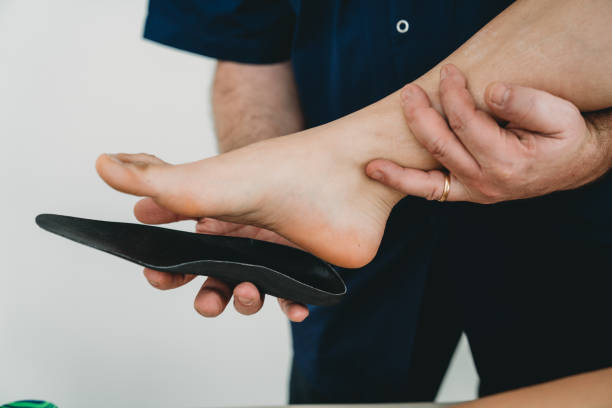
The human foot is a marvel of biomechanical engineering that most people take for granted — until it starts giving them trouble. The feet are shock absorbers and propulsion engines that support the body’s weight and allow us to stand, walk, run and jump. The feet have 33 joints, making them prone to injury and pain as the result of normal wear and tear, or from diseases or other conditions that can affect the whole body. When foot problems arise, it is important to visit a podiatrist, an expert in the foot and ankle who can provide diagnosis and treatment.
Many foot conditions may not appear serious and can be easily treated if caught early. But if left untreated, these minor issues can escalate into major ones that can impact overall health. Regular visits to a podiatrist Hornsby can help prevent these ailments and allow people to lead full, healthy lives.
Podiatrists have completed a minimum of three to four years of post-high school education. They are trained in both general medical principles and podiatric methods of care. They also must complete a hospital-based residency, which gives them hands-on experience working with other types of doctors and specialists.
After completing their degree, podiatrists are qualified to perform diagnostic tests and offer a wide range of treatments for foot and ankle problems. Their skills include the use of injections, medications, extracorporeal shock wave therapy, surgery and other non-surgical procedures.
Some common conditions that a podiatrist treats are heel pain (plantar fasciitis), hammertoes, bunions and sprained ankles. Heel pain is caused by over-stretching the long band of connective tissue that runs from the heel bone to the ball of the foot. This can be the result of being overweight, wearing poorly-fitting shoes or running too often. Treatment options for heel pain include resting the foot, icing it and using arch supports or shoes that have good cushioning.
Diabetic foot problems are another common concern for podiatrists. This disease causes the body to not make enough insulin and can cause nerve damage in the feet and legs, including difficulty getting blood to the feet. Keeping feet clean and dry and visiting podiatrist Beecroft for regular screenings can help prevent diabetic foot ulcers, which can be fatal if not treated properly.
It’s important to have a podiatrist like Dr Angus Chard who is familiar with all aspects of the foot and ankle, as well as how they interact with other parts of the body. Dr Chard can recognise and treat a number of different diseases and health conditions that can start in the feet and have a profound effect on the rest of the body, including heart disease, vascular disease, high blood pressure and diabetes. A podiatrist can also help patients avoid these serious health concerns by teaching them proper foot self-care techniques. This includes wearing comfortable shoes, checking feet daily for red spots and other signs of trouble and getting regular foot exams at each health care visit.